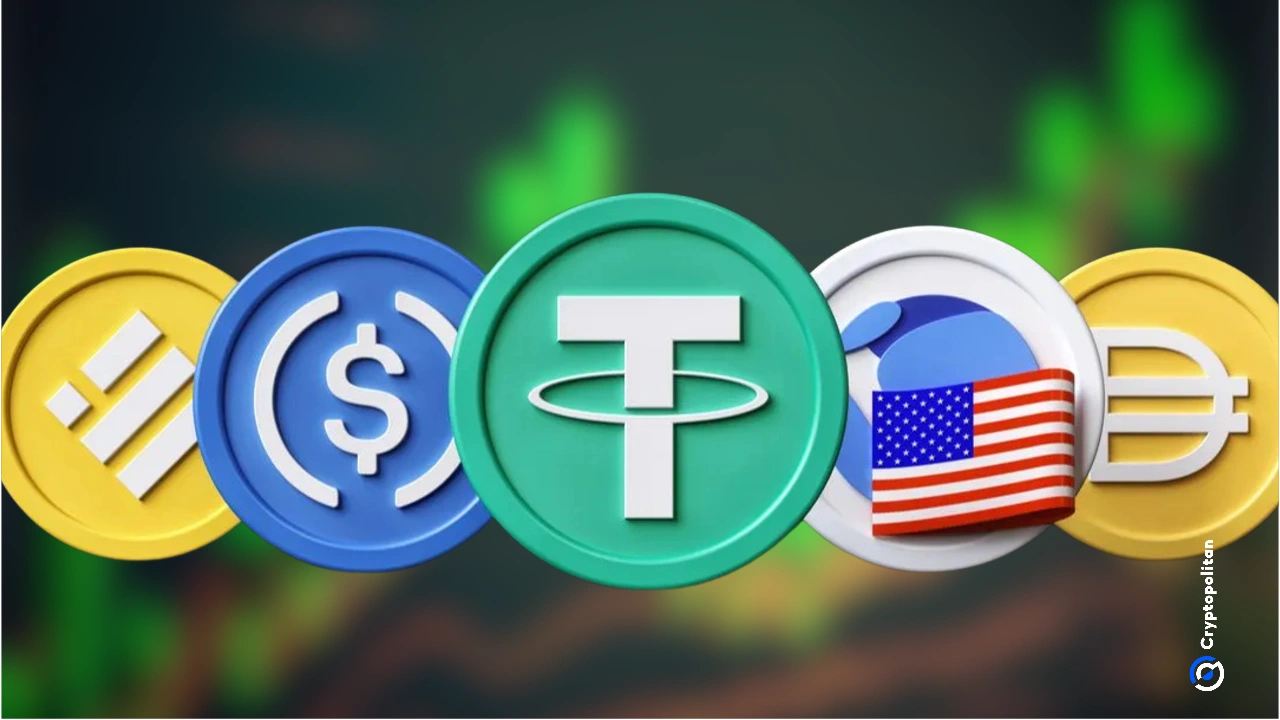Top central bankers said stablecoins performed “badly” as money, despite Trump’s ongoing push to integrate them into mainstream finance. The BIS concluded that stablecoins failed the three main tests of any money because they lacked backing from central banks, lacked sufficient guardrails against illegal use, and did not have the flexibility of funding needed to generate loans.
A special chapter from this year’s unreleased BIS annual economic report concluded that while the future role of stablecoins remained uncertain, their poor performance on the three tests of singleness, elasticity, and integrity suggested they may at best serve a subsidiary role. The report, expected to come out on June 28th, also claimed that stablecoins were the go-to choice for criminal use to bypass integrity safeguards, pointing out that they lacked traditional finance’s “know-your-customer” controls.
The BIS also outlined other concerns, including stablecoins’ potential to undermine monetary sovereignty, transparency issues, and the risk of capital flight from emerging economies. Stablecoins did not measure up as a form of sound money, and without regulation, posed a risk to financial stability and monetary sovereignty.
Shin says stablecoins lack the settlement function of fiat money
STABLECOINS WARNING: Central banks report stablecoins “perform poorly” as money, raising concerns over their role in the financial system.
— Redline (@redlinefeeds) June 24, 2025
Hyun Shin, the Economic Adviser at BIS, explained that stablecoins as digital bearer instruments lacked the traditional settlement function provided by a central bank with fiat money. He likened them to private banknotes circulating in the 19th-century Free Banking era in the U.S., meaning they could only trade at varying exchange rates depending on the issuer, undermining the no-questions-asked principle of central bank-issued money.
BIS Deputy General Manager Andrea Maechler also said there was concern about who controlled stablecoins. The whole question of disclosure was where some of the stablecoins differed.
“You will always have the question about the quality of the asset backing. Is the money really there? Where is it?”
-Andrea Maechler, Deputy General Manager at BIS
Shin warned of the risk of “fire sales” of the assets backing stablecoins if they collapsed, citing what happened to TerraUSD (USDT-USD) and the LUNA token in 2022. There was also the issue with Tether quitting the EU market due to regulatory bumps despite dominating more than half of the stablecoin market.
The outgoing head of the BIS, Agustin Carstens, believes the next-generation monetary and financial system must combine the time-tested principles of trust in money backed by central banks with the functionality unlocked by tokenization. He adds that the system is expected to deliver improvements to current practices and to enable new economic arrangements
Carstens claims that bold action is required
Carstens said that realizing the full potential of the stablecoin system required bold action. However, many issues would need to be overcome, including who sets the rules governing the “programmable ‘unified ledger’ platform” and that individual nations would likely want to retain control of how and who uses their currencies.
The BIS hinted that it wanted central banks to “go down the route” of a tokenized “unified ledger” incorporating central bank reserves, commercial bank deposits, and government bonds. This would mean that central bank money would remain the primary means of global payment. Currencies and bonds worldwide could also be integrated into the same “programmable platform.”
Shin also said tokenized central bank reserves provided a stable and trusted settlement asset for wholesale transactions in a tokenized ecosystem, ensuring the singleness of money. Tokenized commercial bank money could build on the proven two-tier system, offering new functionalities while preserving trust and stability. Shin also pointed out that tokenized government bonds could enhance liquidity and support various financial transactions, from collateral management to monetary policy operations.
The WSJ also noted recently that stablecoins had a shot at being used in many consumer payments—”if they play their cards right,” alluding to the integration of stablecoins with Visa and MasterCard. Visa has already piloted settling transactions in USDC, and both networks are exploring ways to modernize cross-border payments using blockchain-based infrastructure. Stripe is also working to bring USDC into the market as an acceptable payment currency to Shopify merchants.
Cryptopolitan Academy: Tired of market swings? Learn how DeFi can help you build steady passive income. Register Now
This articles is written by : Nermeen Nabil Khear Abdelmalak
All rights reserved to : USAGOLDMIES . www.usagoldmines.com
You can Enjoy surfing our website categories and read more content in many fields you may like .
Why USAGoldMines ?
USAGoldMines is a comprehensive website offering the latest in financial, crypto, and technical news. With specialized sections for each category, it provides readers with up-to-date market insights, investment trends, and technological advancements, making it a valuable resource for investors and enthusiasts in the fast-paced financial world.
